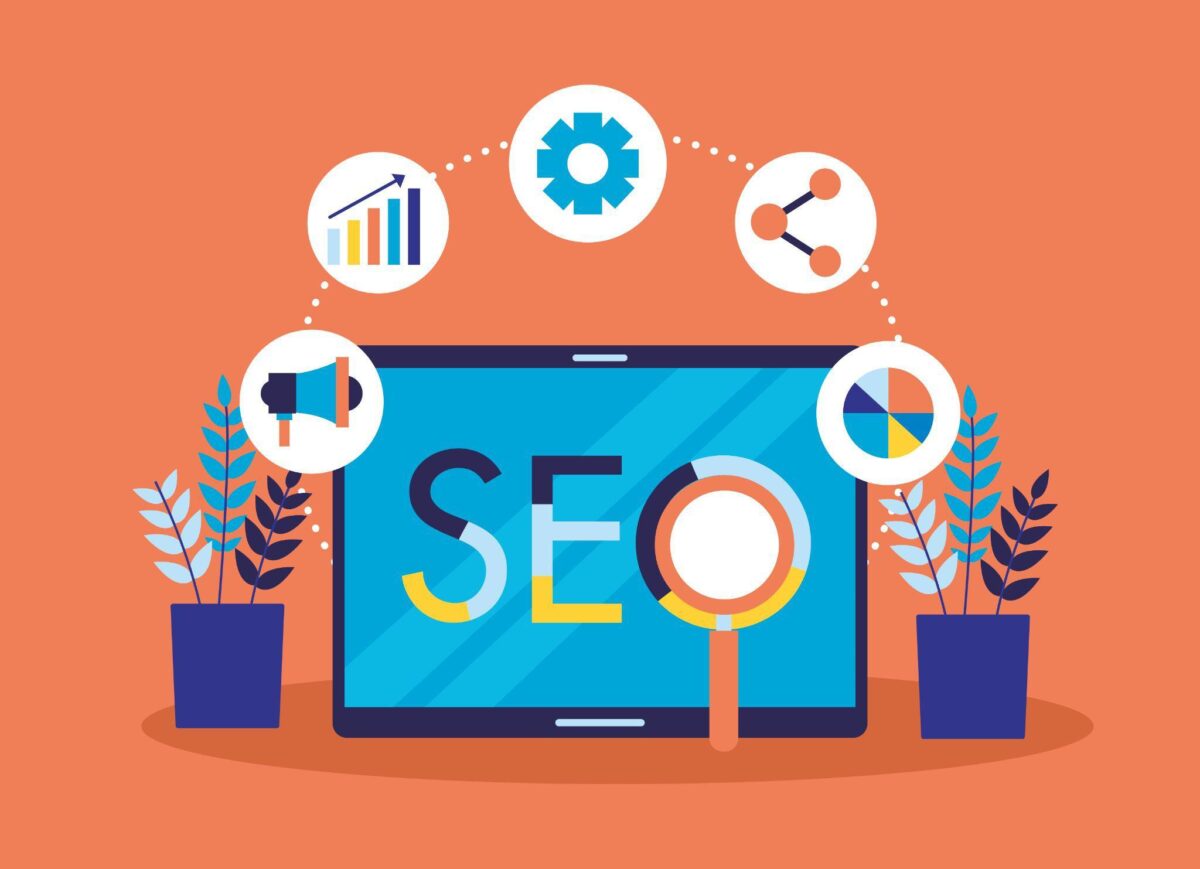Introduction: The Power of Content in WordPress
Search Engine Optimization (SEO) is essential for driving traffic to your website. It helps your content rank higher on search engines like Google, increasing visibility and attracting more visitors.
On-Page SEO for WordPress
On-page SEO involves optimizing individual pages for specific keywords. Start by using target keywords in your content, headings, and URLs. Add meta tags—like meta descriptions and title tags—and ensure your content is structured with proper headers (H1, H2, etc.) for readability and SEO.
SEO Plugins for WordPress
Plugins like Yoast SEO and Rank Math can simplify SEO management. Both plugins provide tools to optimize your content, generate XML sitemaps, and check keyword density. After installation, configure settings like meta descriptions, focus keywords, and readability scores for each page or post.
Optimizing Images
Images are crucial for engaging content but must be optimized for SEO. Use descriptive file names, add alt tags with relevant keywords, and compress images to improve load times without sacrificing quality. This enhances user experience and site speed, which are key ranking factors.
Technical SEO
Technical SEO includes improving behind-the-scenes elements of your site. Ensure your XML sitemap is updated and submit it to Google Search Console. Use a robots.txt file to guide search engines on which pages to crawl. Finally, enhance site speed through caching plugins, optimized images, and clean code.
Conclusion
SEO is crucial for growing your website traffic. Implement these strategies—optimize content and images, use SEO plugins, and focus on technical SEO—to boost your WordPress site’s visibility. Start applying these tips today to improve your rankings and attract more visitors.

